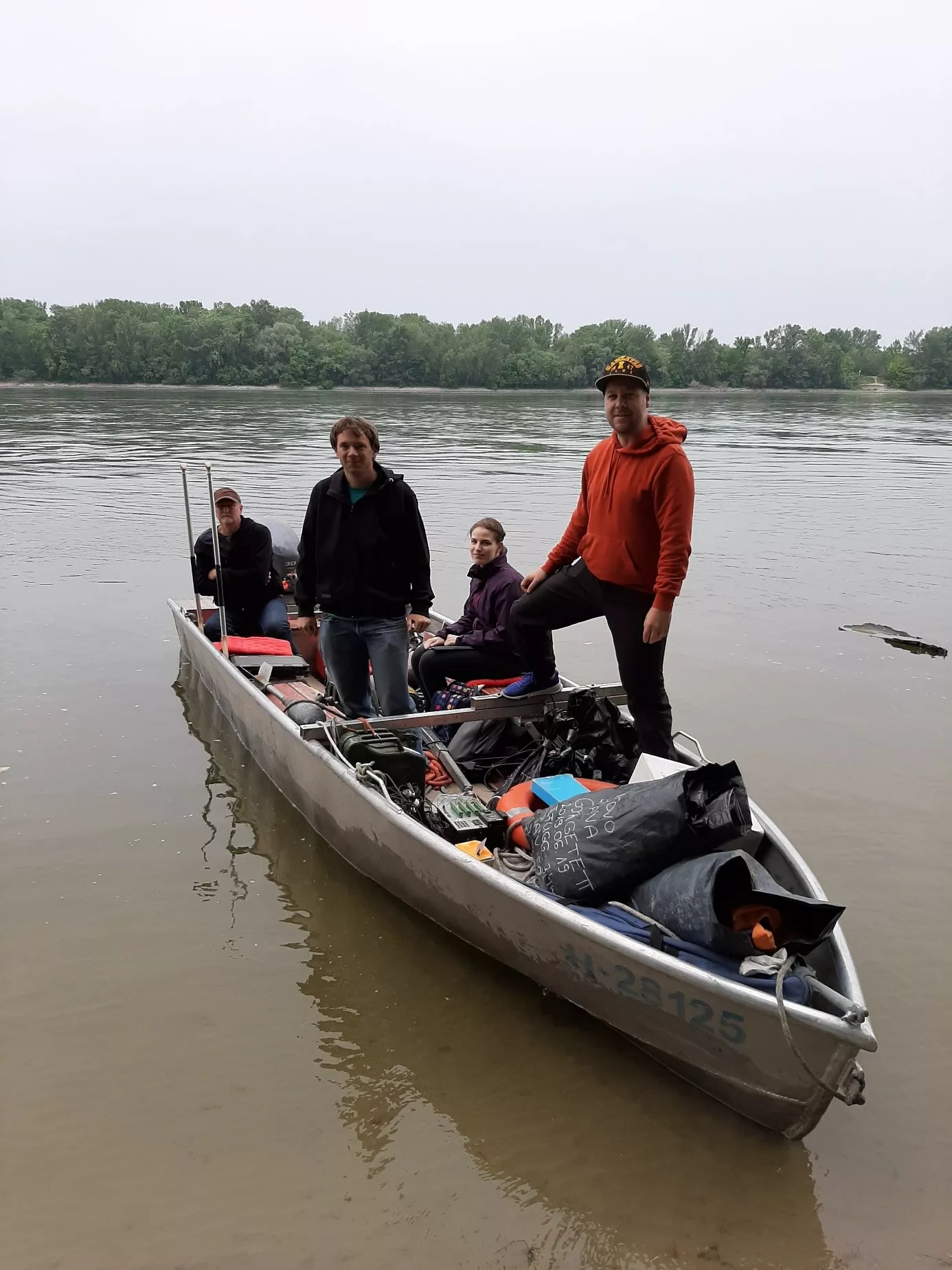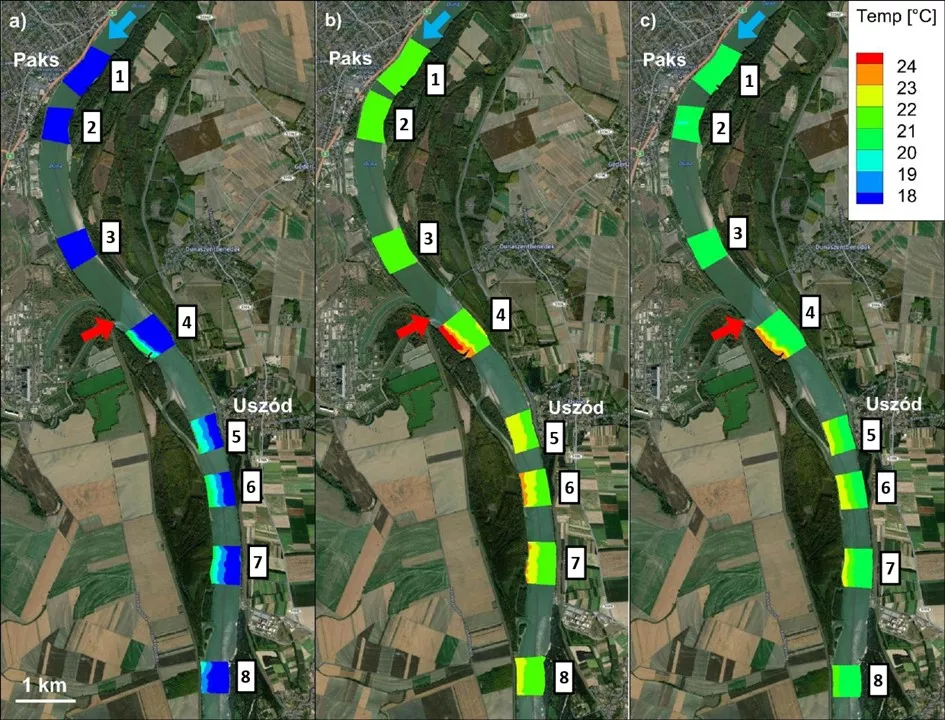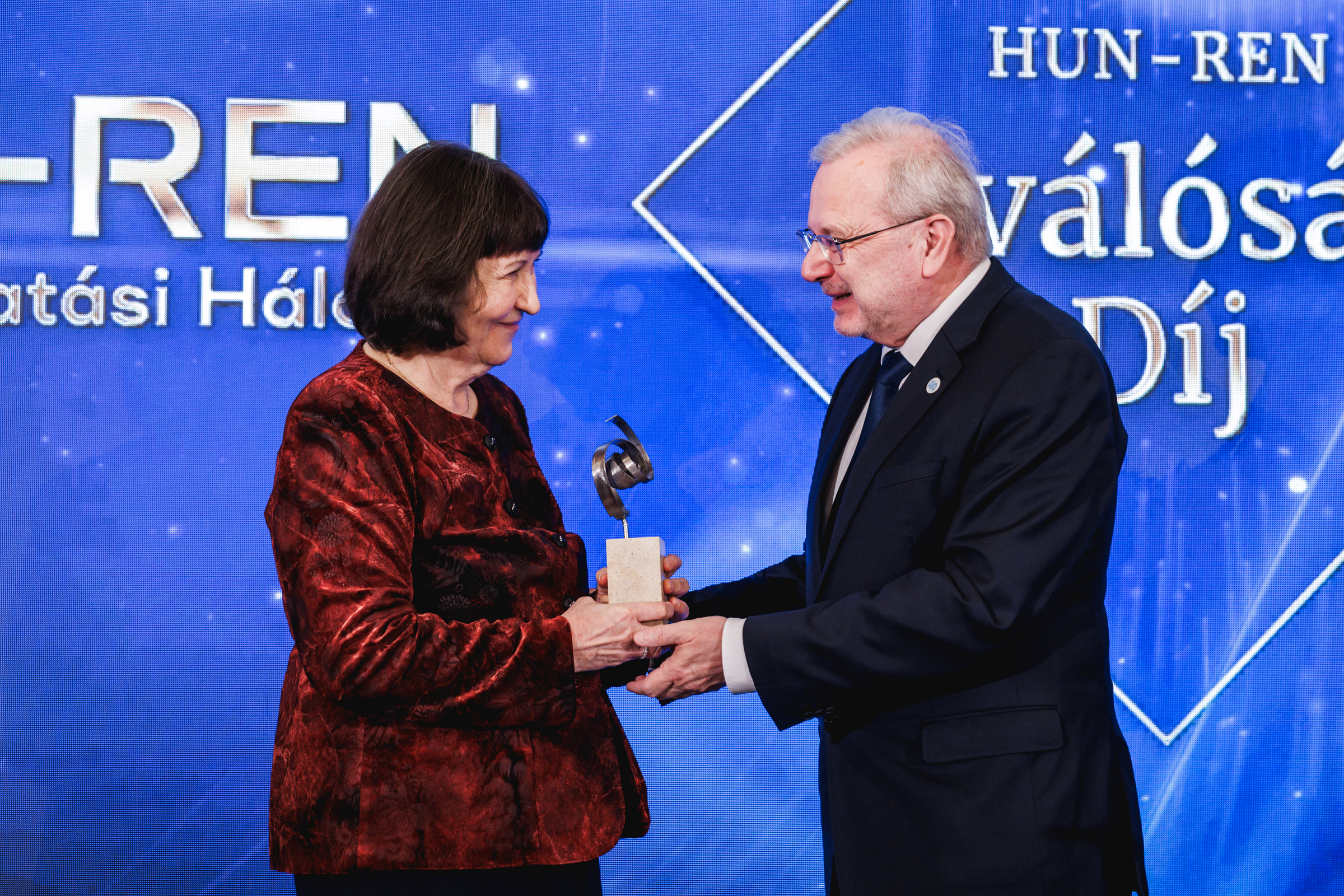Hungarian researchers investigating the effects of spent cooling water from the Paks Nuclear Power Plant on the Danube have shown that the structure of the fish population is primarily determined by human impacts
Experts from the ELKH Balaton Limnological Research Institute (BLKI), in cooperation with colleagues from other institutions, investigated the impact of the spent cooling water from the Paks Nuclear Power Plant on the environmental conditions and fish population structure of the River Danube in a project implemented within the National Laboratory for Water Science and Water Safety. Researchers have shown that, although the hydromorphology of the river is significantly influenced by the inflow over a few hundred meters, the structure of the fish population is mainly determined by human influences on a larger scale. The results of the study were published in the journal Ecohydrology.

Photo: Tibor Erős
In addition to BLKI researchers, experts from the Department of Hydraulic and Water Resources Engineering of BME, the Danube-Ipoly National Park, the Research Institute for Fisheries and Aquaculture of the Hungarian National Agricultural Research and Innovation Centre (NARIC) and the Institute of Aquatic Ecology at the ELKH Centre for Ecological Research (CER) participated in the joint field surveys.


